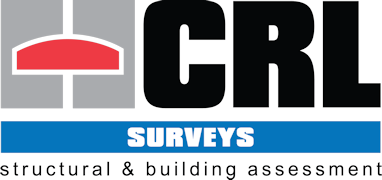Working on marine structures, similar to our other market sectors, present their own set of issues which need to be addressed and allowed for, early, whilst remaining flexible enough to complete sometimes critical Health and Safety work. The UK has an enormous coastline with many marine structures which require regular inspection and maintenance due to exposure to the most aggressive environment for reinforced concrete and other infrastructure.
In most cases, sites remain operational, with potentially significant issues working in and around shipping and moving Plant, whilst working in, on and over water, in tidal environments and frequently bad weather. Consequently, close liaison with the Customer and detailed planning are always critical, to maintain high levels of Health and Safety, and Quality, whilst ensuring that we complete our work effectively.
We can use a range of access procedures to Inspect a structure either 'remotely' or at close-quarters, with rigorous safety procedures to.
Marine structures can be exposed to a number of significantly differing conditions, e.g. submerged below low-tide, inter-tidal and above high-tide, each requiring a differing approach in terms of the inspection, survey and investigation methodologies. The interpretation of test data also needs careful and specialist consideration so that the right conclusions are made. Threshold limits which apply above high-tide, on other structures and in industry standard guidance documents may not necessarily be applicable either below low-tide or generally to structures within intertidal zones.
All structures will deteriorate due to general wear and tear, e.g. mechanical damage over years of use, with additionally water, sand, gravel and other debris battering and eroding structures in the intertidal zones. Reinforced concrete and concrete encased steel structures will additionally suffer corrosion due to the ingress of chloride, derived from the seawater, with research indicating that only 0.2% chloride ion, by weight of cement, at the depth of the steel is required to represent a risk of corrosion (at as little as 0.5% by weight of cement the risks of corrosion are considered potentially to be high).
It is very important to identify this corrosion risk early so that action can be taken to address the problem before significant steel loss occurs and we use a range of techniques to assess this. Early intervention with repairs and corrosion control systems can be much more cost effective than allowing the structure to deteriorate to an extent where structural integrity is at risk.



